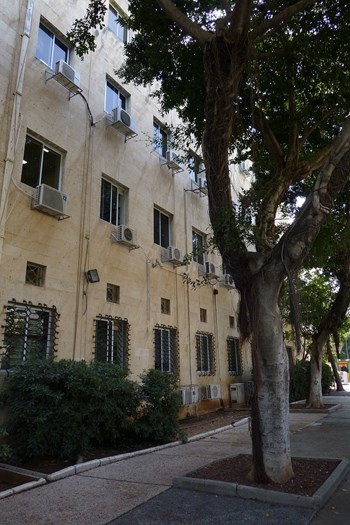
As is typical of many subjects relating to co-op and condo life in urban environments, maintaining landscaping requires a different approach than that employed in suburban environments. While many suburban condo and co-op communities offer park-like settings, the most prominent landscaping feature of many urban co-ops and condos may well be trees planted in front of buildings on city streets. These trees require special attention and care.
Until recently, trees have been planted in simple openings in the sidewalk pavement known as tree beds. This wasn’t very good for the trees or the sidewalk. The tree root systems were often suffocated by the tight small spaces allocated to them, and sidewalks were often pushed up by the root systems underneath them. Additionally, lack of water, refuse, animal waste, and weeds took an often-deadly toll on city trees. Only the heartiest survived.
Enter the Tree Pit
A tree pit is defined by www.treeterms.co.uk as, “the hole in the ground in which a tree is planted. In the urban context the pit may represent the whole of the root volume available to the tree when mature.” The New York City Department of Parks and Recreation says, “a city tree must battle many urban hazards daily — from air pollution and bicycles to dogs and people. In addition to above-ground threats, tree roots also must contend with tough below–ground conditions. A tree pit or lawn strip provides limited space for these forest giants and this soil is a tree's only source of nutrients. Because of this, it is essential to create as nurturing a tree pit as possible.”
The Parks Department recommends the following with respect to tree health for these forest giants in tree pits. First and foremost, caregivers must keep the top two to three inches of soil loose to alleviate soil compaction and help water and air reach the roots. This is best done with a hand cultivator on a regular basis.
Second, a layer of mulch should be maintained in the tree pit. The mulch should be approximately three inches deep and should not be piled against the tree trunk as it can rot the trunk. Mulch will keep water from evaporating quickly, reduce compaction, and improve the soil as it breaks down.
Soil levels around the tree should be maintained at the same level at which the tree was planted, as adding soil can smother the tree or cause trunk rot. Weeding is also important, as weeds compete for the already limited water resources in the tree pit.
Another worthwhile recommendation for tree health and tree pit health is to place tree guards around the pit. Tree guards keep trash and animals out, in particular dogs. Dog waste can overwhelm a tree and throw the soil nutrients out of balance.
An additional benefit of tree guards around your tree pit is the ability to place flowering plants around your tree. Be careful to choose plants that require little watering and small planting holes. Examples of this are bulbs like crocus, tulip, and daffodils. They bring a brilliant splash of color to your tree pits and provide a great community work opportunity for your association.
For more information on tree pits, visit the Parks Department's page; for planting in street tree pits, click here.
A.J. Sidransky is a novelist and a staff writer for The Cooperator and other publications.



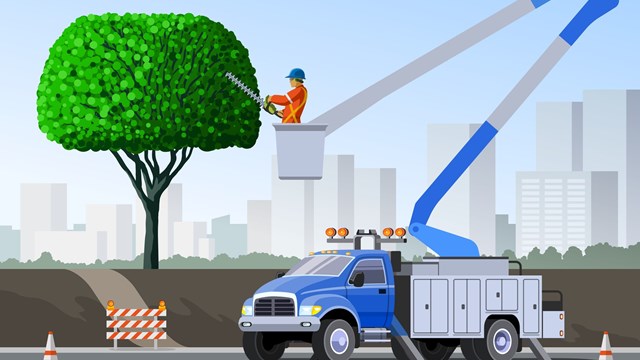
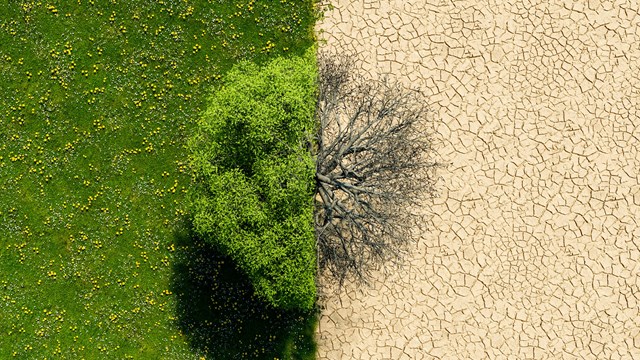
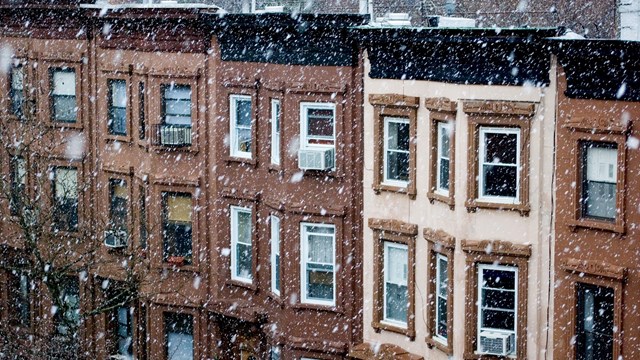
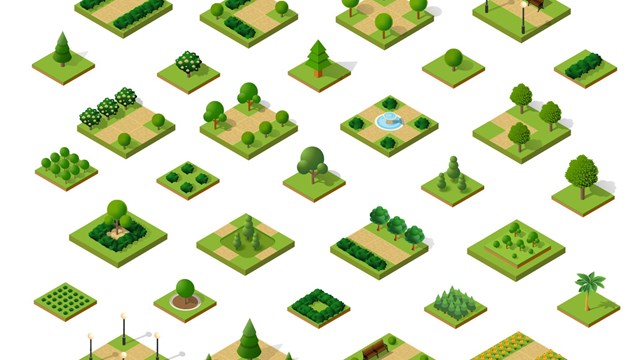
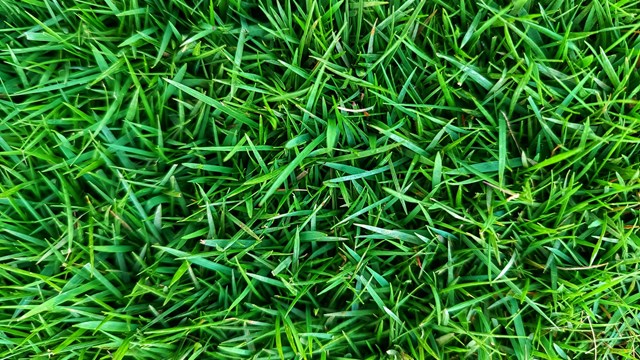
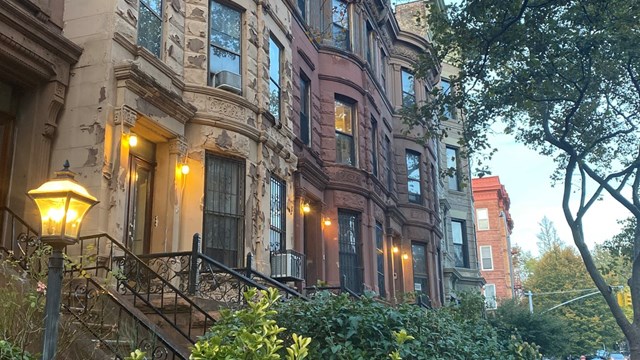
Leave a Comment